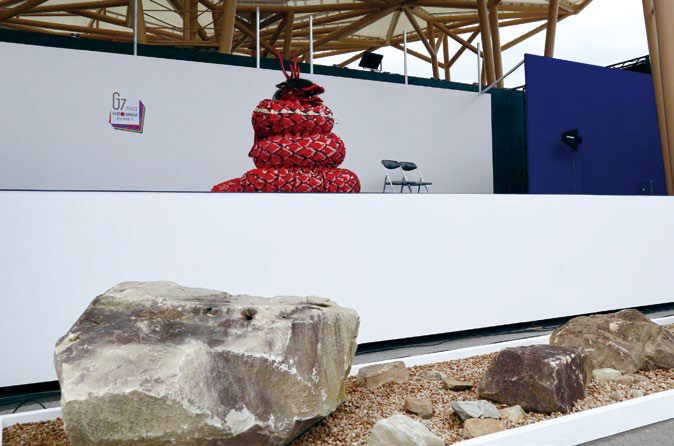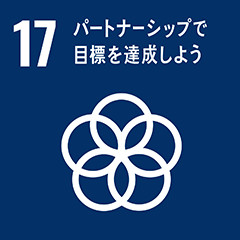Inochi Declaration
Overcome this era of division and uncertainty by sensing and contemplating Inochi through gardens—spaces that connect people and nature.
For most of us, Inochi is so intimately present in our daily lives that we seldom have the opportunity to reflect deeply on its nature. However, through experiences such as facing the death of relatives, we come to realize the finitude of Inochi—and this inevitably prompts us to question how we choose to live.
To live with the awareness that Inochi is finite is a uniquely human sensibility and marks a profound starting point for understanding life itself. Importantly, Inochi does not belong to the individual alone. Like plants, animals, and microorganisms, we exist within the natural cycle, influencing and being influenced by all forms of life. Inochi, in this sense, arises through relationships with others and with nature.
In Japanese culture, this is reflected in the belief that “even large stones or tools possess a soul”—an understanding rooted in this relational view of Inochi.
To reawaken a sense of this chain of Inochi and the self as part of these interconnections, Umebachien CEO Seiho Umeno has initiated a cultural and artistic endeavor called “Commons Garden”. This project employs the garden—a bounded space—as a site where people can physically, emotionally, and spiritually engage with nature, technology, and one another. The project integrates the traditional techniques passed down by Kyoto gardeners with AI and digital technologies, creating a temporal and spatial experience where past, present, and future converge.
Why, then, a garden? Across languages and traditions— whether Garden, Park, Paradise, Enrin, Saniwa, or Yuniwa— gardens share the feature of being enclosed spaces. This enclosed quality enables gardens to serve as thresholds between the ordinary and extraordinary, making them venues for rituals, prayers, memorials, and festivals. They have long provided humankind with shared spaces of resonance. As intermediate spaces that link disparate worlds, gardens connect life and death, nature and humanity. “Commons Garden” is a similar endeavor—a site where people can once again encounter Inochi, which is often overlooked in the routines of daily life.
At the heart of this activity lies the philosophy that Inochi is a commons. Just like air and water, Inochi is a shared resource that should be held and nurtured by all. It is something that, if fought over, is depleted—but when cultivated together, becomes enriched. Culture, as an act of cultivation, involves tending the soil of Inochi, engaging in dialogue, and fostering the seeds of empathy and shared bounty.
Since its launch at the G7 Hiroshima Summit in 2023, “Commons Garden” has been held at UNESCO World Heritage sites like Daigoji and Ninnaji Temples. Rather than providing fixed answers, it invites participants to feel the wind, share silence with others, and reflect upon their own personal questions. It is a place of awakening—not to religion, philosophy, or science—but to one’s own inner light.
“Commons Garden” is not merely an artistic initiative. It is a practical action taken to cultivate the capacity to feel, to create places for reflection, and to nurture empathetic relationships—prior to social system reforms. Going forward, it is crucial to expand this initiative throughout Japan and globally—into cities, disaster-affected areas, and local cultural sites—to create more opportunities to reevaluate Inochi. Moreover, by fostering collaboration across sectors such as education, medicine, and welfare, we aim to build ecosystems and societies where Inochi is mutually sensed and shared.
Through participation in diverse actions, the Inochi Forum aspires to increase the number of people who reflect deeply on what is truly important to Inochi, so that we may all work together to overcome this age of division and violence.
Let us feel and contemplate this very moment—together— and continue to engage with Inochi.

Exhibitions at the G7 Hiroshima Summit in 2023

A traditional Edo-period stone lantern reproduced using a 3D printer—expressing the relationship between humanity and science/technology (World Heritage Site Daigoji Temple)
[References]
・Works: Umebachien
https://umebachien.jp/works/g7%e5%87%ba%e5%b1%95/
・Umebachien exhibited at the 1st Japan International Art Festival, an event held at the World Cultural Heritage Site of Daigoji
Temple in Kyoto, in preparation for EXPO 2025.
https://x.gd/Znnxg
[Action Platform]
Arts, Culture and Sports
[SDGs]


